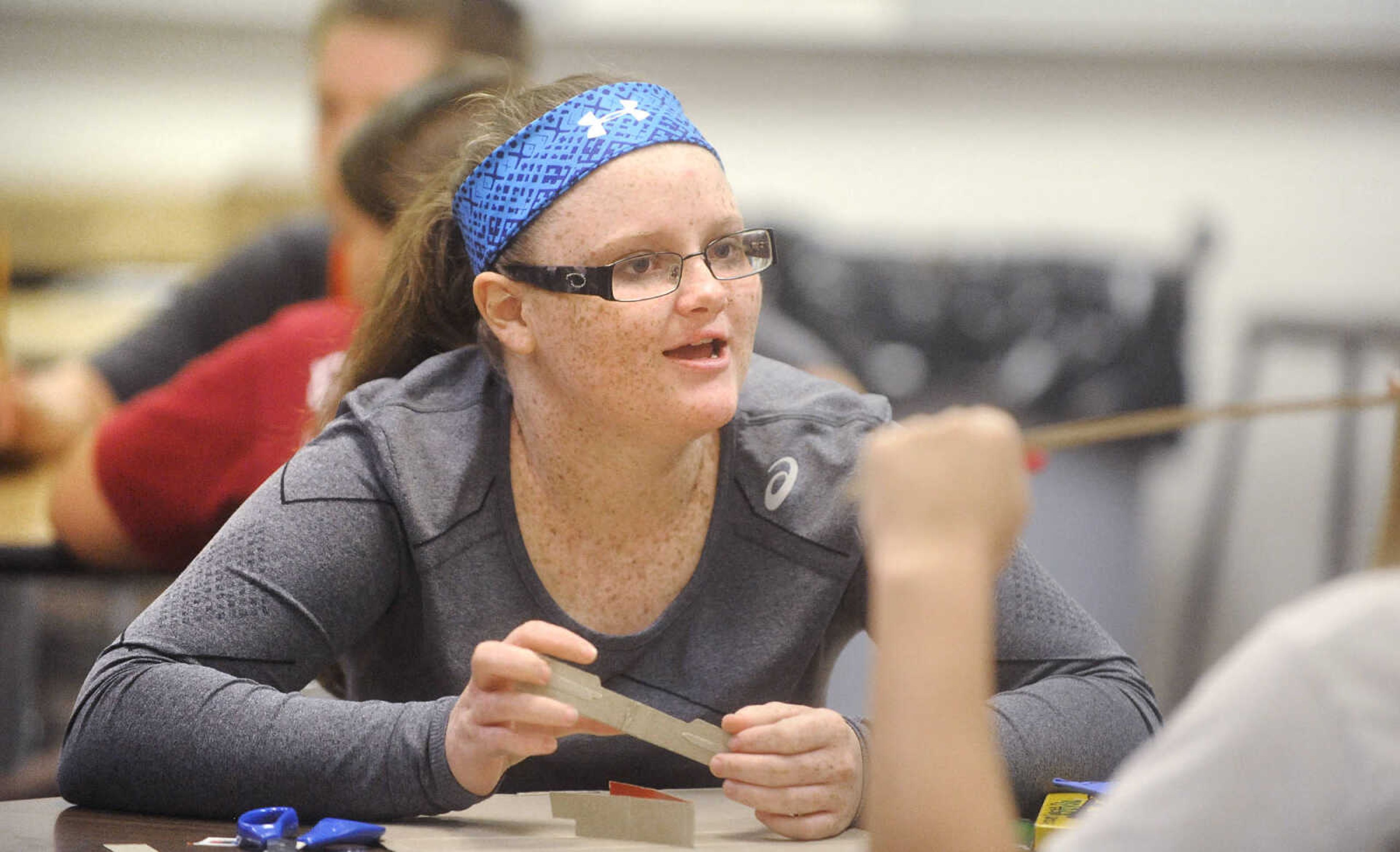All sections
Submission Forms
FeaturesAugust 23, 2015
One in a million - Graycen Beardslee
Thirteen-year-old Graycen Beardslee has a condition commonly referred to as XP, a genetic disorder less commonly known as Xeroderma Pigmentosum, that disables her body from repairing skin damaged by ultraviolet rays.

























Receive Daily Headlines FREESign up today!
Thirteen-year-old Graycen Beardslee has a condition commonly referred to as XP, a genetic disorder less commonly known as Xeroderma Pigmentosum, that disables her body from repairing skin damaged by ultraviolet rays.
Story Tags
Connect with the Southeast Missourian Newsroom:
For corrections to this story or other insights for the editor, click here. To submit a letter to the editor, click here. To learn about the Southeast Missourian’s AI Policy, click here.
Related
FeaturesOct. 24
Advertisement
Receive Daily Headlines FREESign up today!









